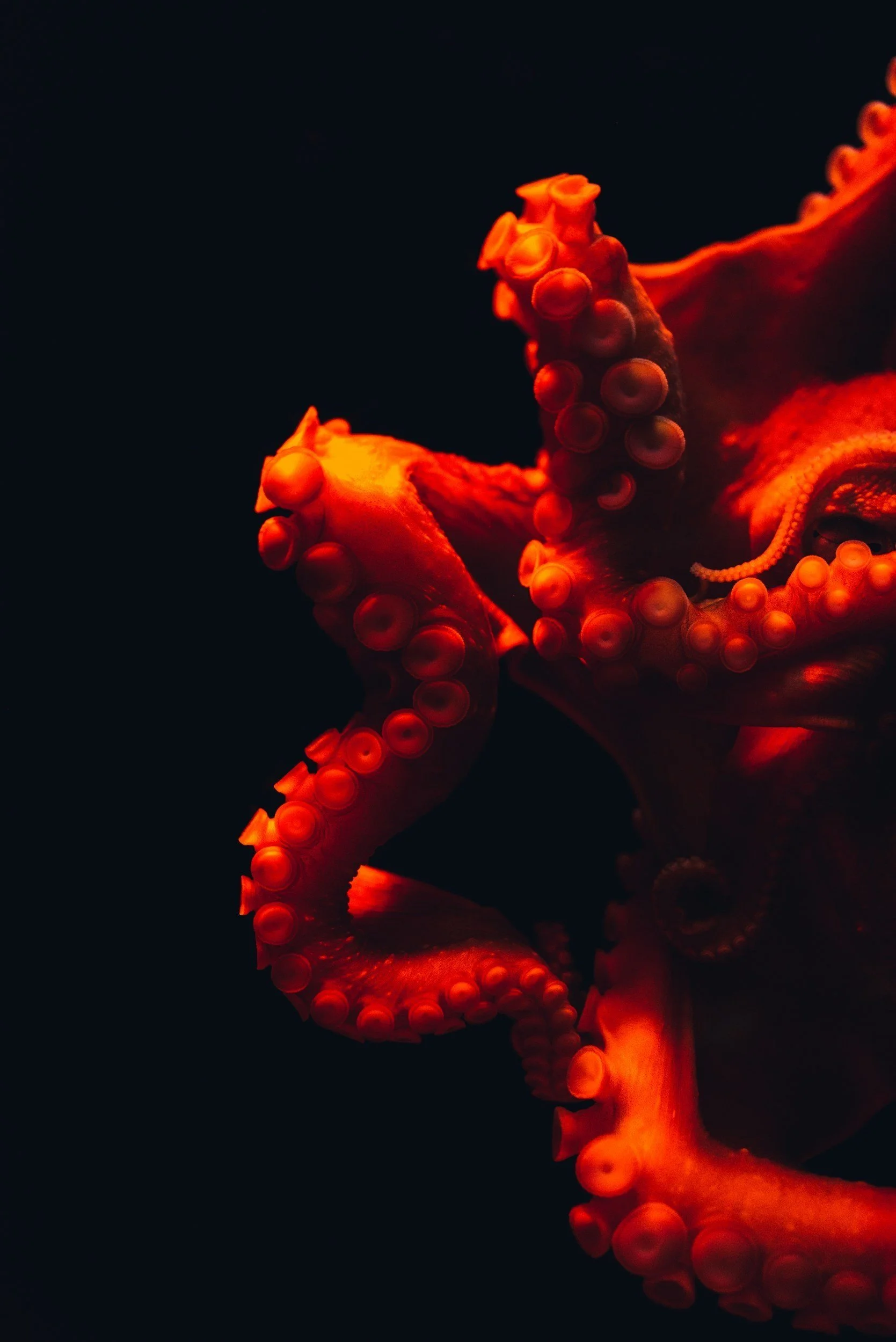
The Art of Seduction in Villainy
Seduction is more than just a romantic endeavor; it is a calculated weapon wielded by many. Villains use seduction to manipulate and achieve their goals. Let’s explore how seduction is a key trait among antagonists, examining the various methods they employ and analyzing the effectiveness and implications of their seductive strategies within their respective stories.
Understanding Seduction in Villainy
Seduction, in the context of villainy, is the art of enchanting, persuading, or beguiling another person to achieve a specific end. It involves a blend of charm, manipulation, and often deceit. In Disney films, villains use seduction not merely for romantic conquest but as a means to exert control, gain power, or manipulate others into unwittingly aiding their schemes.
Seduction by Disney villains often transcends physical allure. It encompasses psychological manipulation, the creation of a false sense of security, and the exploitation of others' desires and fears. The seductive power of these villains lies in their ability to present themselves as something other than what they truly are, often appearing more benevolent, trustworthy, or appealing than their true intentions.
Approaches to Seduction, Villain Style
-

Ursula: The Persuasive Manipulator
In "The Little Mermaid," Ursula the Sea Witch exemplifies the persuasive manipulator. Her seduction lies in her ability to exploit Ariel's deepest desires and vulnerabilities. Ursula presents herself as a solution to Ariel's problems, offering her a chance to become human and win Prince Eric's love. She uses a combination of flattery, false empathy, and strategic deception to lure Ariel into a deal that ultimately serves her own nefarious purposes. Ursula's seductive power is rooted in her understanding of Ariel's dreams and fears, which she skillfully manipulates to her advantage.
-

Scar: The Charismatic Usurper
In "The Lion King," Scar's seduction is characterized by his charisma and cunning. Scar seduces the hyenas into following him by promising them power and prosperity in a new regime. He uses his wit and eloquence to plant seeds of doubt and fear in Simba's mind, ultimately driving him into exile. Scar's seductive approach involves a blend of charm, strategic alliances, and psychological manipulation. He presents himself as a charismatic leader, capable of delivering on his promises, while hiding his true intentions of usurping the throne.
-

Jafar: The Illusionist
Jafar from "Aladdin" uses illusion and deceit as his tools of seduction. As the Sultan's trusted advisor, he projects an image of loyalty and wisdom. Jafar's manipulation of Aladdin through the guise of a benevolent old man showcases his ability to create convincing illusions to achieve his goals. His seduction is marked by his capacity to present false realities and manipulate others into actions that serve his ambitions. By masking his true intentions and exploiting the trust placed in him, Jafar effectively seduces those around him to further his quest for power.
-

Maleficent: The Enigmatic Sorceress
Maleficent, the antagonist in "Sleeping Beauty," embodies the enigmatic sorceress. Her seduction is less about personal interaction and more about the aura of mystery and power she exudes. Maleficent's presence alone is enough to instill fear and awe, making others susceptible to her influence. Her ability to curse Princess Aurora with a spindle prick that leads to a deep sleep is a testament to her mastery of dark magic and psychological warfare. Maleficent's seductive power is rooted in her enigmatic nature, which captivates and terrifies those who cross her path.
-

Hades: The Smooth Talker
In "Hercules," Hades, the God of the Underworld, uses his smooth-talking charm and wit to seduce others into doing his bidding. Hades' seduction is marked by his quick humor, persuasive rhetoric, and ability to make irresistible deals. He manipulates Megara by exploiting her past and promising her freedom in exchange for her cooperation. Hades' charismatic and fast-talking nature allows him to navigate social interactions with ease, making him a master seducer who can bend others to his will through sheer verbal prowess.

Art of Seduction
Seduction is a multifaceted trait that adds layers of complexity to Disney villains, making them memorable and compelling antagonists. Through various approaches—whether it be Ursula's persuasive manipulation, Scar's charismatic usurpation, Jafar's illusions, Maleficent's enigmatic presence, or Hades' smooth talking—these villains use seduction to manipulate and achieve their goals. The critical analysis of seduction in these characters reveals its narrative significance, highlighting themes of deception, moral corruption, and emotional engagement.
In examining the art of seduction among Disney villains, we gain a deeper understanding of the intricate dynamics at play in their interactions with other characters. This exploration not only enriches our appreciation of these iconic villains but also underscores the timeless appeal of stories where the battle between good and evil is fought not just with might, but with wits and guile.
